CubeSat
We are building the future in Sharjah by pushing ourboundariesskillscapabilitiesinto space and demonstrate our capabilities all over the world
About the Laboratory ...
The CubeSat Laboratory at the Sharjah Academy for Astronomy, Space Sciences, and Technology (SAASST) is dedicated to building CubeSat missions through designing, fabricating, testing and operating.
The CubeSat program at SAASST is interdisciplinary effort, open to qualified students from the University of Sharjah. The Laboratory is equipped with (1) high-performance workstations loaded with the required software to design and simulate a satellite in the space environment, (2) an ISO 6 Cleanroom for satellite subsystems integration, and (3) a VHF/UHF Ground Station to receive telemetry and commanding once launched.
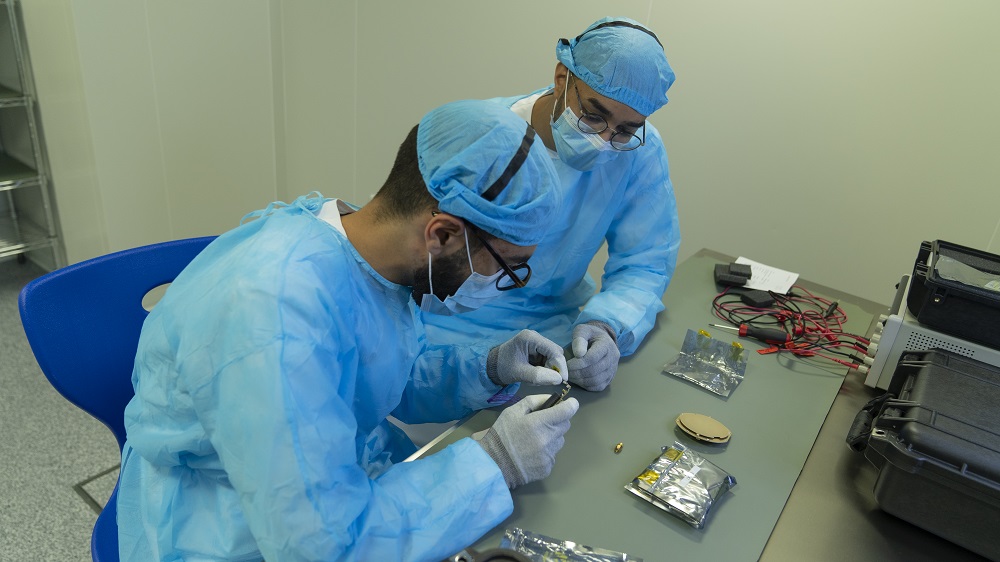
Our Vision
Main Research Objectives

What is a CubeSat?
It's a class of nano-satellites that use a standard size and form factor
Introduction
Size structure
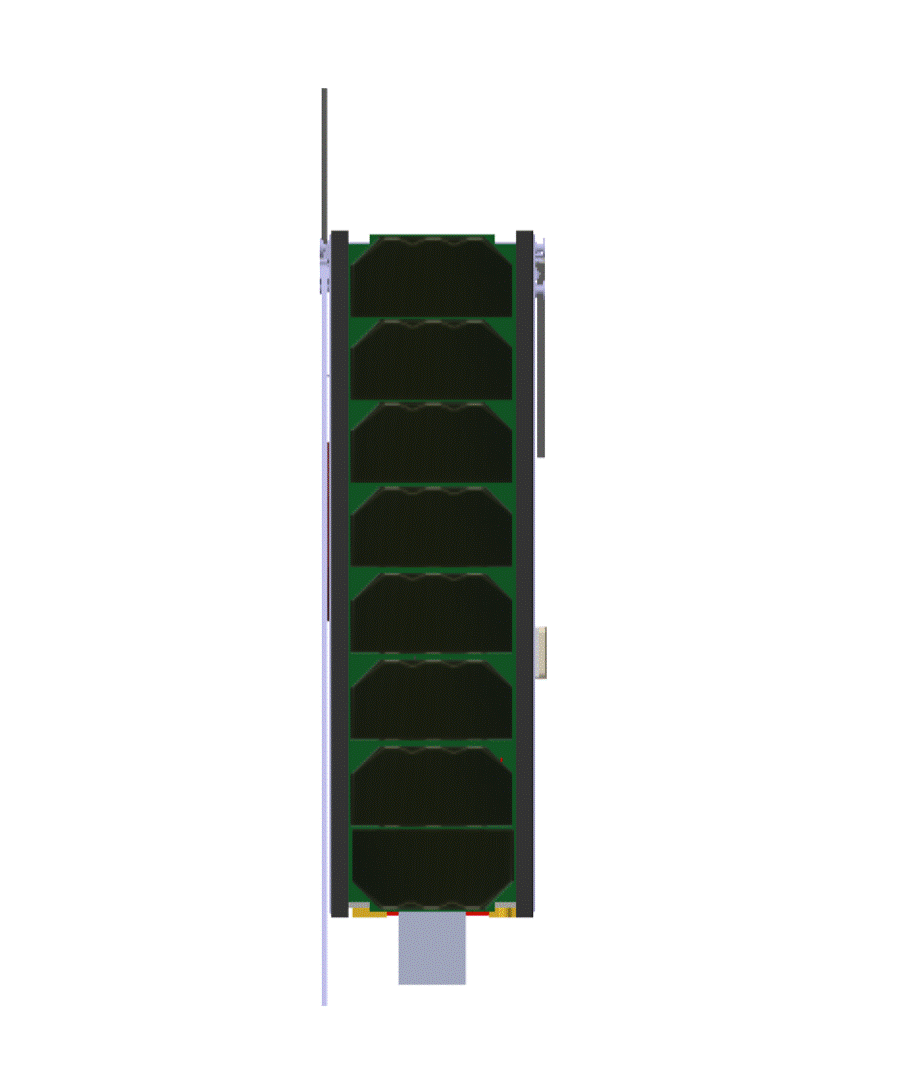
Mass structure
Purpose
Hone Skills & Experiences
Through each of our projects, we touch lives. Our mission is simple- To serve the science and make the difference.
Structure
Power
Computing
Telecommunications
Attitude Control
Antennas
Propulsion
Thermal Management
Strategic Partnerships

“The University of Sharjah is an Emirati private national university located in University City, Sharjah, It was established in 1997 by its founder, president and chairman, the ruler of Sharjah Sheikh Dr. Sultan bin Muhammad Al-Qasimi to meet the emirate of Sharjah's aim of educational needs.”

“Istanbul Technical University is an international technical university located in Istanbul, Turkey. It is the world's third-oldest technical university dedicated to engineering sciences as well as social sciences recently, and is one of the most prominent educational institutions in Turkey.”

“Analytical Graphics, Inc (AGI) produces commercial off the shelf software products for the aerospace and defense industry. It's primary products are Satellite Tool Kit (STK) and Orbit Determination Tool Kit (ODTK). The products are used to perform integrated analysis of land, sea, air, and space assets.”
Our
Project
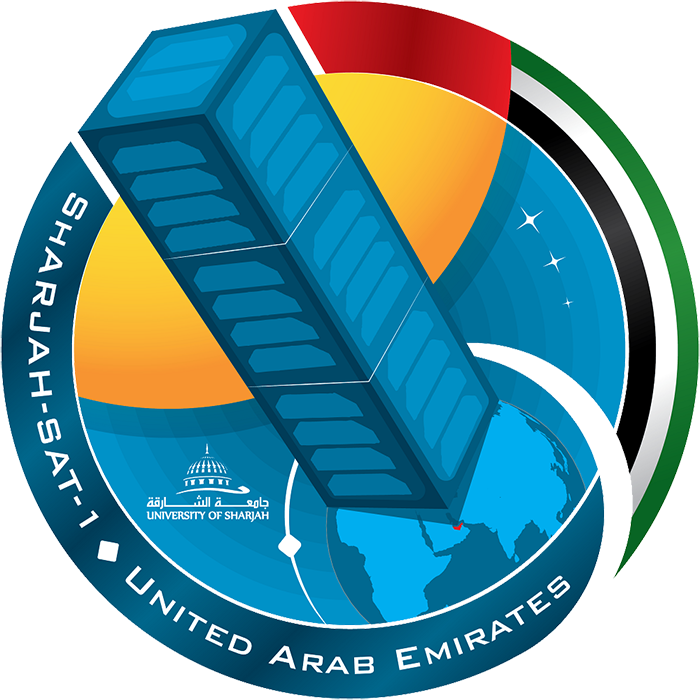
integration and assembly
About the Project
Sharjah-Sat-1
Overview
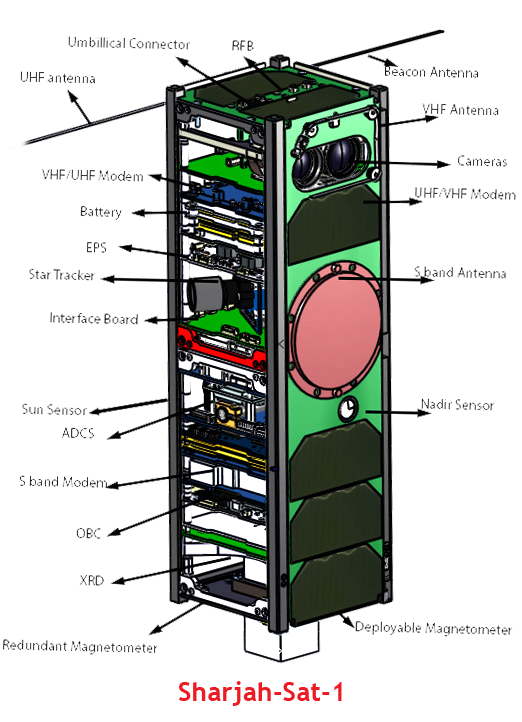
SHARJAH-SAT-1
Scientific Goals
Coronal Holes
Bright Galactic
Detect hard X-rays from very bright galactic X-ray sources such as black holes and neutron stars
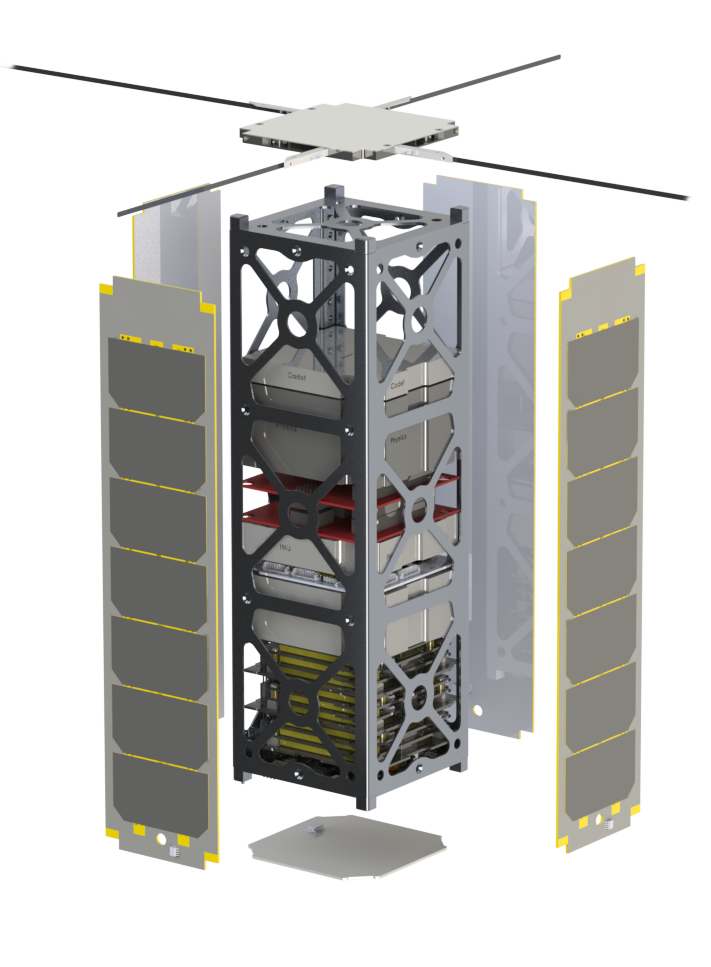
Our Facilities
The open range serves as an excellent metaphor for today's modern workspace unbounded, uncharted to a large extent, and full of opportunity
Cleanroom
The cleanroom is an immaculately clean laboratory, in which work is conducted as meticulously as possible so that the risk of particle contamination is minimized. The Laboratory is in the process of getting various test rigs, a vacuum oven, and a Helmholtz Cage used for testing Attitude Determination and Control Systems (ADCS) of nanosatellites, among other equipment.
Students and researchers use the cleanroom to build and test hardware (assembly and integration) for spacecraft. Sharjah-Sat-1 is the first CubeSat to be built and tested in the SAASST cleanroom.
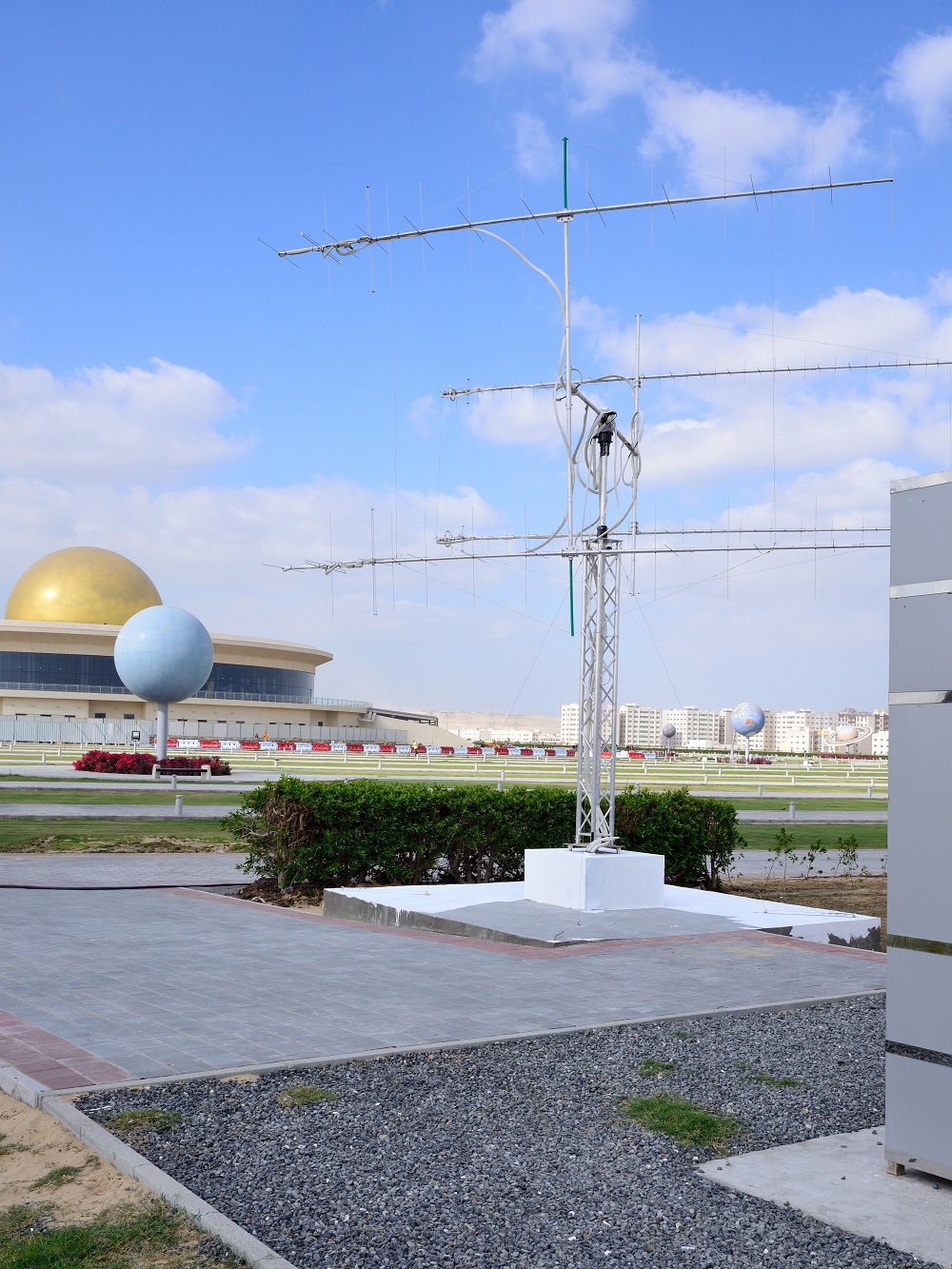
Workshop
Adjacent to the cleanroom, there is a workshop facility for construction, assembly, integration, and testing. It is equipped to perform mechanical, electrical, and electronic activities to support cleanroom work.
The workshop has different mechanical tools, a fixed drilling rig, electrical and electronic test equipment, power supplies, soldering stations, and a 3D printer.
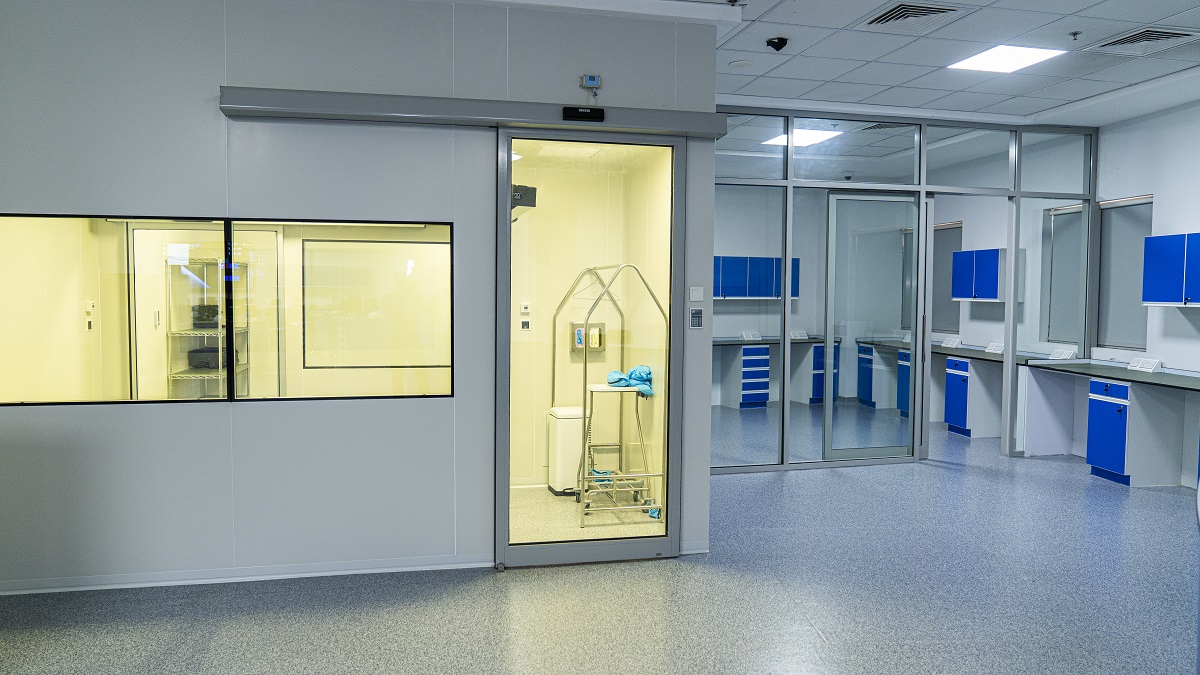
Ground Station
The UHF/VHF antennas will be used to track and control satellites through the reception of high rate data and the transmission of control commands. Thus, the Ground Station is equipped with several antennas:
- Tracking UHF / VHF antennas in the amateur space frequency bands.
- Tracking UHF / VHF antennas for the commercial space bands.
Moreover, the Ground Station is entirely remotely controlled from inside the Laboratory.
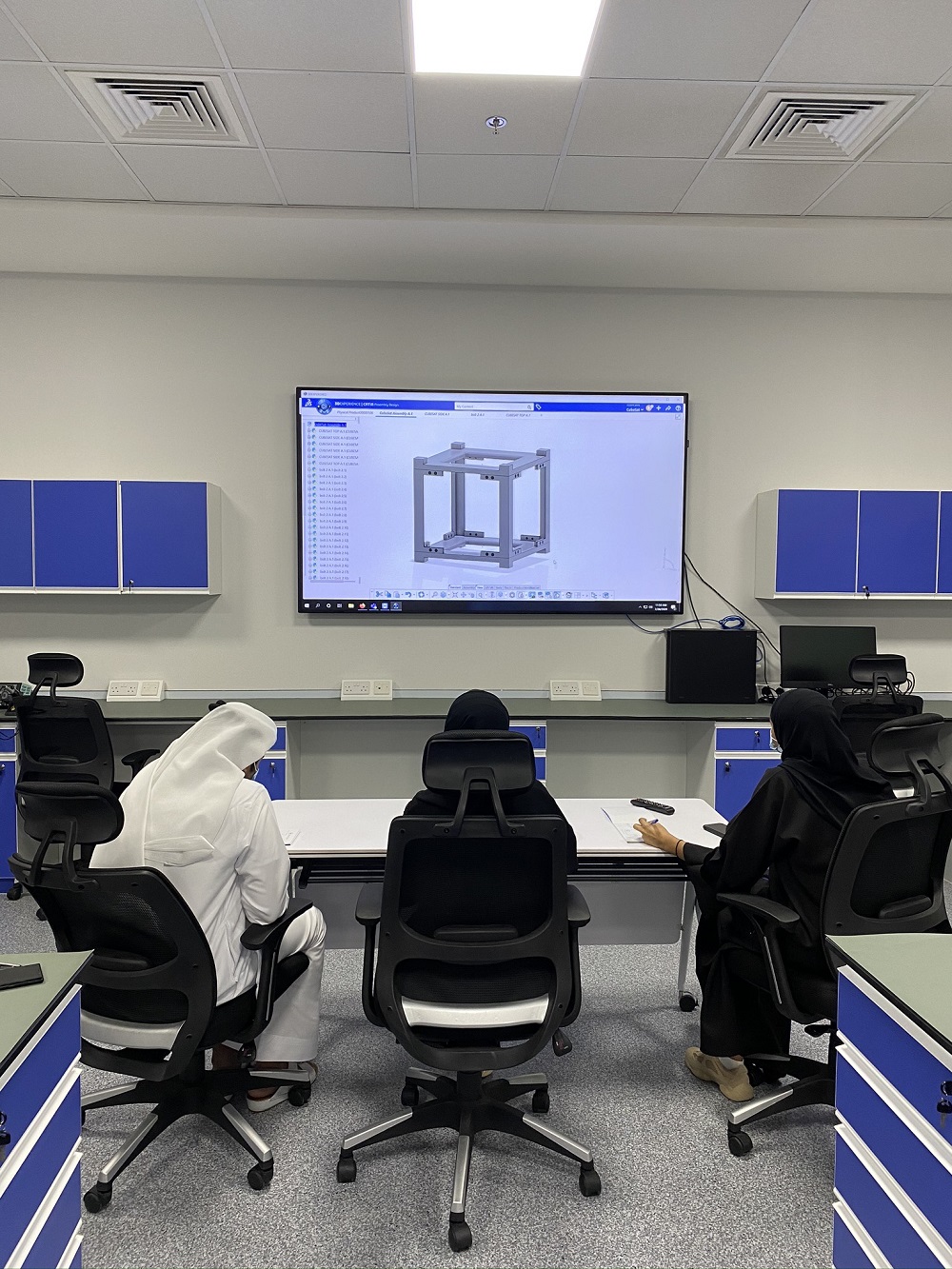
Students Workshop
with real-time experiences to enable them to become tomorrow’s leaders
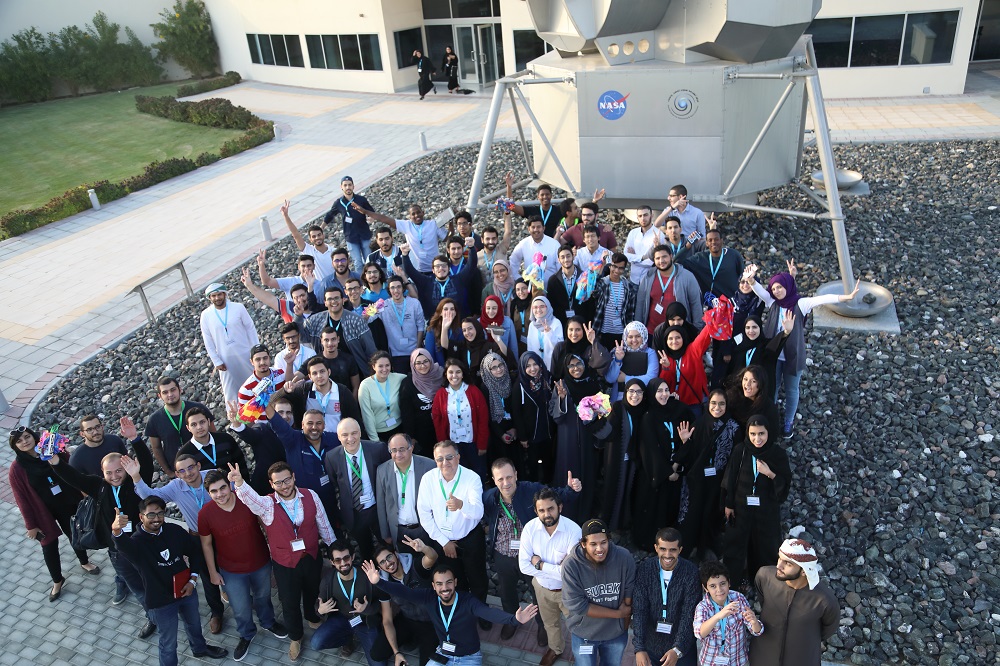
The CubeSat Laboratory Training Courses and Workshops provide students with great technology development experience. They enhance student learning and personal development under organized professional guidance and support. Since the establishment of the laboratory, various workshops in CanSat/CubeSat technology, Simulation and Analysis software, and other topics related to Small Satellite development and testing have been presented. The workshops allow students to meet and work with experts/researchers in the field of CubeSat technology to inspire them and aid their acquisition of necessary skills to become successful Space technology in the future. They also serve to build and develop the capacities in this field for future projects and missions.
A three-day workshop has been organized during the period Jan. 08-10, 2018, by Prof. Alim Rustem from the Istanbul Technical University and his CubeSat team. During the workshop, 79 students from the University of Sharjah had hands-on experience in building 15 different CanSats using COTS components.
Throughout the three-day program, the students were exposed to following topics: the CanSat, Mission Definition, Sensors, CanSat Hardware and Software, Programming of Microcontrollers, Programming of GPS, CanSat Ground Station Development, CanSat Structural Design, CanSat Design and Development, CanSat Descent and Landing System Design, CanSat Final Integration and Functional Checks, CanSat Drop Test, and Post Launch Analysis.


